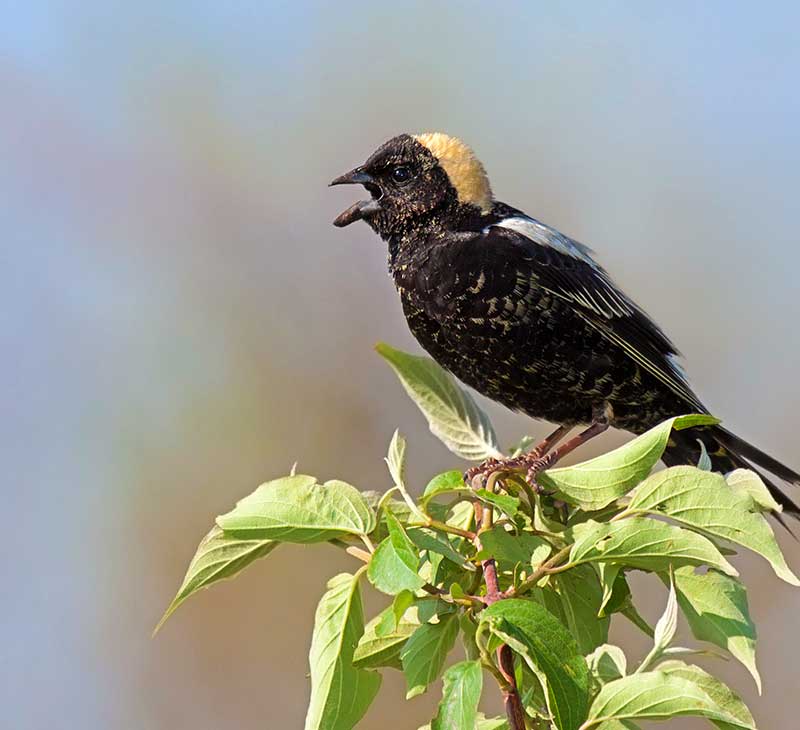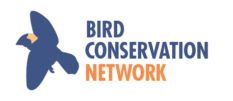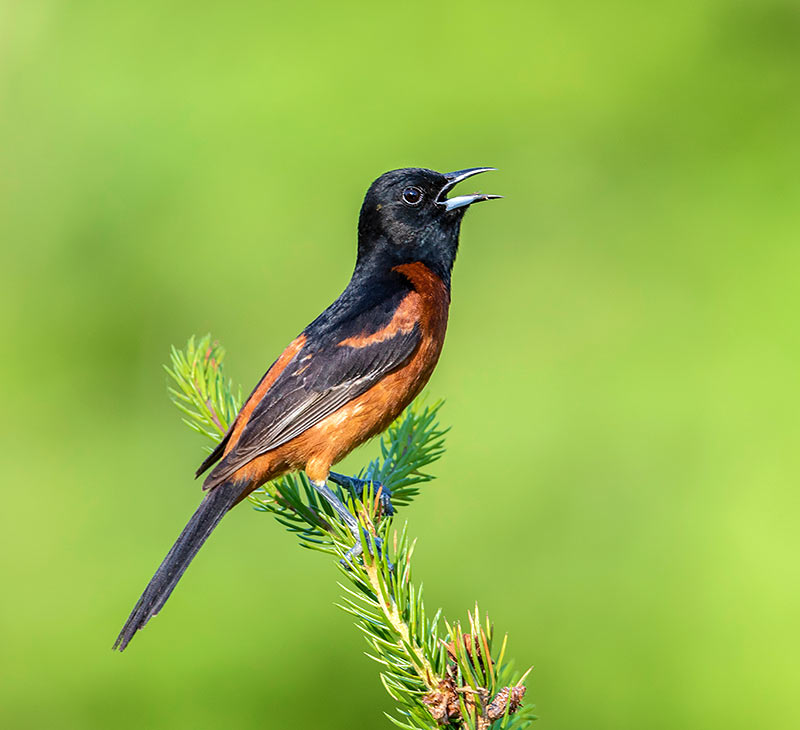BCN Survey Point Counts
BCN Survey Point Count Protocol
Who Can Participate?
Please only use this protocol if you are working directly with BCN, a BCN Area Coordinator, or one of our partnering land managers such as a forest preserve district or park district. BCN Survey monitors should generally have experience identifying expected Illinois breeding birds by both sight and sound and be able to safely go off-trail through plants and over uneven terrain.
Survey Area
BCN Survey Point Counts are conducted in the Chicago Wilderness Region centered around Chicago, IL. Currently, we have active monitors in Cook Co., DeKalb Co., DuPage Co., Kane Co., Lake Co., McHenry Co., and Will Co. Illinois. Priority is centered on consistent coverage of existing point count locations, however coverage of new locations and new counties is welcomed as long as coverage can be sustained from year to year.
BCN Survey Goals
The goals of the BCN Survey are to:
- Create a shared, standardized monitoring protocol throughout the Chicagoland area in order to aid in easier analysis of species trends and the impacts of land management throughout the region.
- Assist land managers by helping recruit, train, and support bird monitors.
- Monitor Species Trends in the Chicagoland area and establish regional lists of Birds of Concern.
- Help land managers and stewards make informed decisions for restoration and birds.
Monitoring Season
Point counts should be conducted between June 1 and June 30. Visits should be conducted at least one week apart and ideally the first visit should be conducted in early June followed by a second visit about two weeks later. Exceptions: Monitors in DuPage Co. Forest Preserves conduct weekly visits during June and into July).
Time of Observation
Monitors are encouraged to start as close to sunrise as possible. During the month of June, sunrise ranges from 5:15 a.m. to 5:19 a.m. Surveys should be completed by 9:00 a.m. at the latest. Bird activity will drop off considerably as early as 7:00 a.m. or 7:30 a.m. on a warm day.
Point Name Format
Each point that you visit should be a separate location in eBird entered at the specific lat/long (GPS) coordinates for that point. Points should be named with the site name followed by point number abbreviated as: P# (e.g., Birdy Woods--P1). Ensure that your point name includes TWO hyphens followed by a capital "P" and the number of the point.
Duration of Observations
Each point should be monitored for 5 minutes. Exceptions: Lake Co. Forest Preserve points and Fermilab points are 10 minutes in length.
Radius of Observations
Stand at your point and record all species within a 75 meter radius of where you are standing.
Exceptions: Lake Co. Forest Preserve points and Fermilab points use a 100 meter radius. DuPage Co. Forest Preserve points use a 100 meter radius for prairie/grasslands and 50 meter radius for all other habitats.
Species to Record
Record all birds seen or heard within the radius of the point count. When submitting your data to eBird, for "Are you submitting a complete checklist of the birds you were able to identify?" choose "No" unless no additional birds were seen beyond the radius of your point count. Flyover birds should only be counted if they are below treetops and/or using the habitat within the point count circle.
Entering Data in eBird
Users will enter data in eBird through the "Bird Conservation Network" Project in eBird. See the BCN eBird Changes page for details and screenshots. Any data recorded at your monitoring points outside of the breeding season should be entered using the standard Stationary protocol. Birds seen between monitoring points can be recorded on a separate Incidental or Traveling protocol checklist.
Want to Become a Monitor?
Contact Us to Learn More About Becoming a BCN Survey Monitor
If you are an experienced birder who can identify our breeding birds by sight and sound, please fill out our Become a Monitor form and we will get in touch with you.
If you are uncertain of your skill level, you can take our self-assessment quiz. Birders who are still learning can attend our training workshops, review our study guides, spend time practicing in the field, and join on trips with a local birding club. All birders are also encouraged to enter their sightings into eBird.
History of the BCN Survey
Standardized, Coordinated Bird Monitoring in Chicagoland
BCN coordinated standardized monitoring that was implemented in a 1998 effort that transformed monitoring practices in the Chicagoland region.
The initiative was spearheaded by BCN members Judy Pollock, Alan Anderson, Terry Schilling, Lee Ramsey, and Elizabeth Sanders, with major participation from a group of dedicated birders, scientists, land managers and conservationists including Jerry Garden (Chicago Audubon Society), Jerry Sullivan (Cook County Forest Preserve District), Doug Stotz (Field Museum), Stephen Packard (Audubon - Chicago Region) and Dan Niven (Illinois Natural History Survey).
Prior to 1998, monitoring by citizen scientists had been active in the Chicago region since at least the 1980's, but a lack of standardized protocols and the daunting task of entering reams of data into digitized files meant that much of the information amassed over the past years remained inaccessible and difficult to analyze.

Online publication and quick analysis of our data became a reality in 2001 when Cornell Lab of Ornithology's BirdSource teamed up with BCN and the Field Museum to unveil a new website. This site came about thanks to the efforts of Debby Moskovits and Doug Stotz (Field Museum), Terry Schilling, Lee Ramsey, Alan Anderson and Suzanne Checchia (BCN volunteers), Steve Kelling and Michael Brutvan (Cornell Lab of Ornithology) and Judy Pollock, Rickie White and Steve Frankel (Audubon-Chicago Region).
Joining eBird in 2003, the BCN database moved to a special BCN version of the eBird website, a nationwide site for data entry managed by Cornell Lab of Ornithology & Audubon. This move provided us with easier access to data for research purposes and casual observations, and also allowed BCN monitors to easily enter their sightings at any of the predefined birding hotspots in the Chicagoland area.

